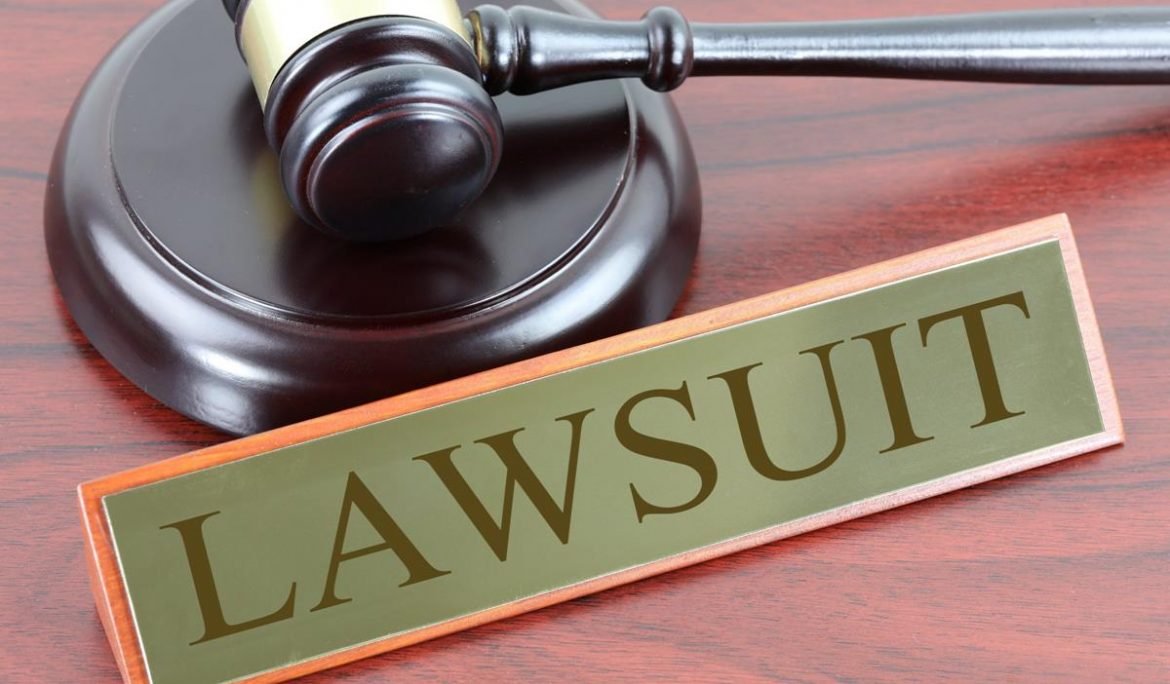Introduction
Welcome to our comprehensive guide to lawsuits. Whether you are facing a lawsuit or considering filing one, it’s important to have a clear understanding of the legal process and your rights. In this guide, we will walk you through the various stages of a lawsuit, provide tips for finding the right attorney, and offer insights into alternative dispute resolution methods. Let’s dive in!
Understanding Lawsuits
Before we delve into the details, let’s start with a basic definition. A lawsuit is a legal dispute between two or more parties that is resolved by a court of law. Lawsuits can arise from a variety of situations, such as personal injury, breach of contract, or employment disputes.
When a lawsuit is filed, it typically goes through several stages, including pre-trial, trial, and post-trial. Each stage has its own set of rules and procedures, and it’s important to familiarize yourself with them if you are involved in a lawsuit.
Filing a Lawsuit
If you find yourself in a situation where you believe you have a valid claim, you may consider filing a lawsuit. Before taking this step, it’s crucial to gather all the necessary evidence to support your case. This may include documents, photographs, witness statements, or expert opinions.
Once you have gathered the evidence, the next step is to find the right attorney. An experienced attorney can guide you through the legal process, help you understand your rights, and represent your interests in court. When choosing an attorney, consider their expertise in the specific area of law related to your case, their track record of success, and their communication style.
After you have selected an attorney, they will prepare and file a complaint on your behalf. The complaint outlines the facts of the case, the legal basis for your claim, and the relief you are seeking. Once the complaint is filed, the defendant will be served with a copy and given an opportunity to respond.
The Trial Process
If the lawsuit proceeds to trial, it will be heard before a judge or a jury, depending on the nature of the case. The trial process involves several key steps:
- Opening Statements: The Lawsuits attorneys for both parties present their opening statements, outlining the key arguments and evidence they will present during the trial.
- Presentation of Evidence: Each party has the opportunity to present their evidence, including witness testimony, documents, and other exhibits. The attorneys may also cross-examine the opposing party’s witnesses.
- Closing Arguments: After all the evidence has been presented, the attorneys deliver their closing arguments, summarizing the key points and urging the judge or jury to rule in their favor.
- Verdict: The judge or jury will then deliberate and reach a verdict. If the verdict is in your favor, the court will determine the Lawsuits appropriate relief, which may include monetary damages or injunctive relief.
Alternative Dispute Resolution
While trials are the most well-known aspect of lawsuits, they are not the only option for resolving legal disputes. Alternative dispute resolution (ADR) methods, such as mediation or arbitration, offer parties a chance to resolve their issues outside of court.
In mediation, a neutral third party, known as a mediator, helps facilitate communication and negotiation between the parties. The goal is to reach a mutually agreeable settlement. Mediation is often less formal and more flexible than a trial, and the parties have more control over the outcome.
Arbitration, on the other hand, is more similar to a trial. The parties present their cases to a neutral arbitrator or panel of arbitrators, Lawsuits who then make a binding decision. Arbitration can be faster and less expensive than a trial, but the parties have less control over the outcome.
Conclusion
Navigating the legal process can be complex and overwhelming, but with the right knowledge and guidance, you can successfully navigate a lawsuit. Remember to gather all the necessary evidence, find the right attorney, and consider Lawsuits alternative dispute resolution methods. By understanding the stages of a lawsuit and your rights, you will be better equipped to protect your interests and achieve a favorable outcome. Good luck!
